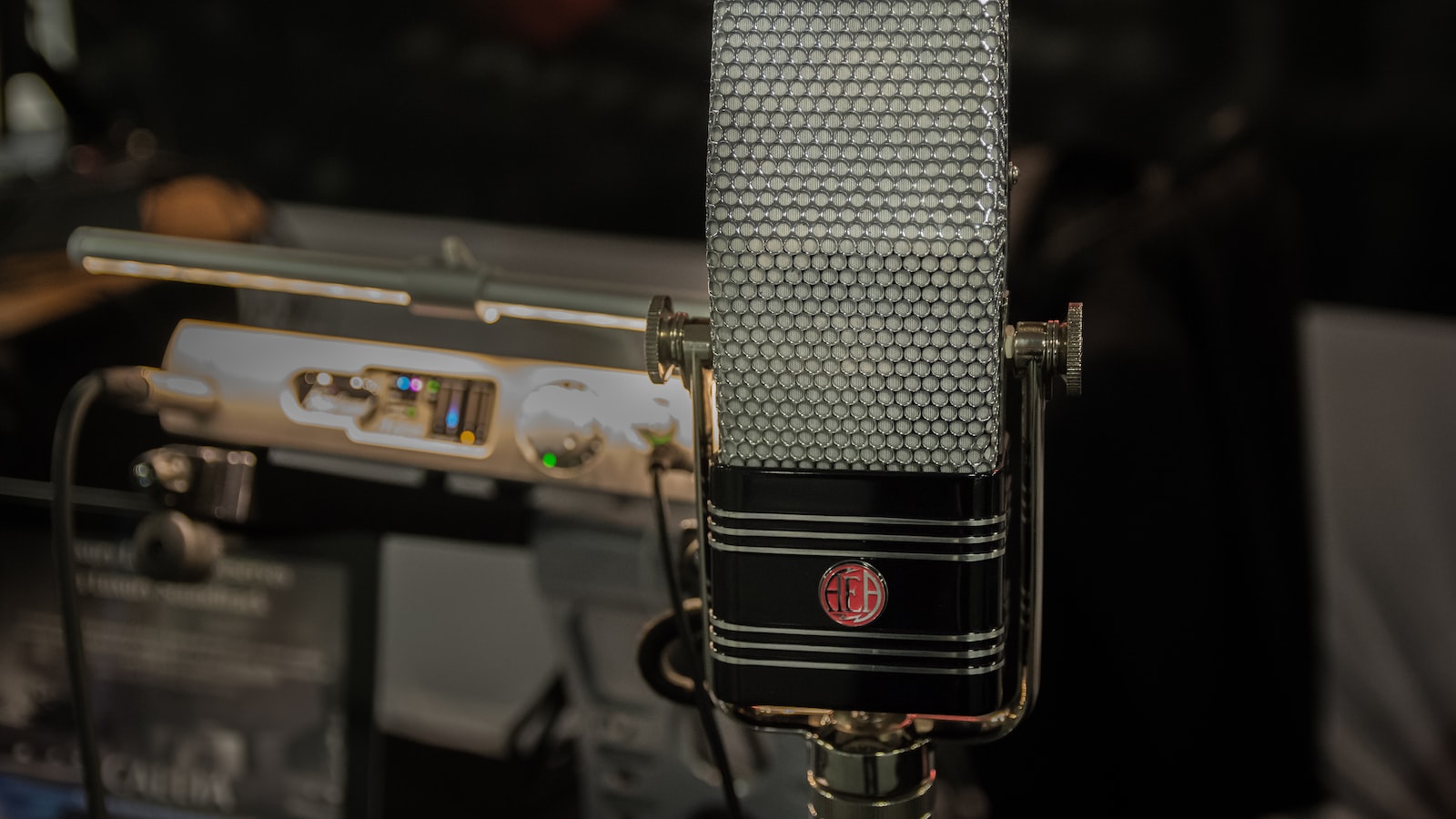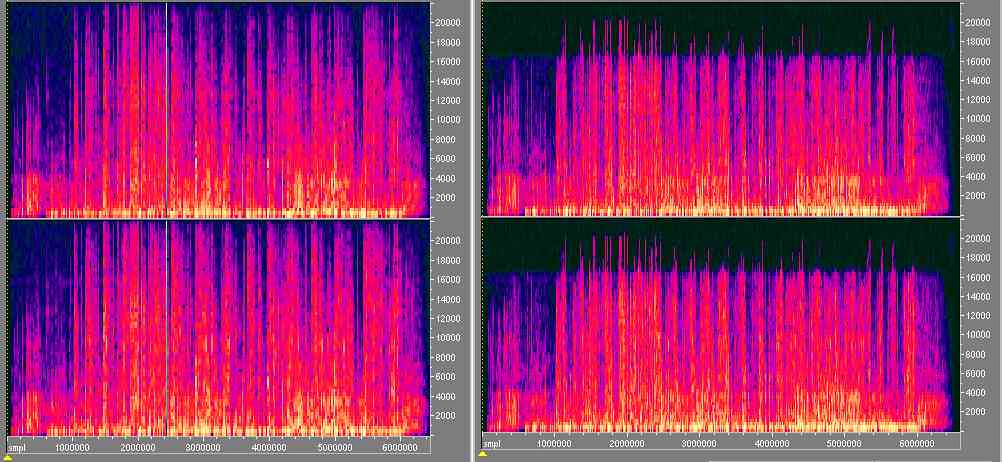Gone are the days when we had to settle for sound quality that was just “good enough”. Technology has changed the way we listen to music, offering us the ability to experience sounds with unparalleled clarity and precision. High-fidelity streaming technologies are revolutionizing the way we create and experience music and, in turn, the way we listen to it. In this article, we take a closer look at the future of high-fidelity streaming, from lossless audio to the possibilities that lay beyond.
1. Understanding Lossless Audio and its Benefits
What is Lossless Audio?
Lossless audio is a high-quality audio format that produces digital audio files with no loss of data. Unlike traditional compressed audio formats such as MP3 and AAC, the resulting lossless audio files can be exact replicas of the original source. This ensures that no musical nuances are lost, no matter how many generations it is passed through or how it is played back.
Benefits:
Lossless audio has many advantageous features, such as:
- Higher sound quality – Lossless audio has much greater dynamic range, frequency response, and clarity than its compressed counterparts.
- Smaller file size – Lossless audio takes up less storage space than uncompressed audio, enabling it to be used for both streaming and downloading.
- Durability – Lossless audio files are better able to retain the original musical qualities over time, making them more durable than compressed audio formats.
- Flexibility – Lossless audio can be output in different formats (such as FLAC, ALAC, or WMA Lossless) and is easily converted between different devices.
The use of lossless audio can open up many new possibilities for sound reproduction. It’s perfect for storing and listening to music in its purest form, and it enables audiophiles to enjoy their favorite songs with unprecedented clarity and precision.
2. Technologies Advancing High-Fidelity Streaming
Paragraph 1
High-fidelity streaming technologies are advancing rapidly, allowing music and multimedia content to be accessed in near-instantaneous real-time. HLS (HTTP Live Streaming), MPEG-DASH, RTMP (Real-Time Messaging Protocol), and WebRTC (Web Real-Time Communications) are some of the popular streaming protocols being leveraged for optimized streaming experiences. As new video encoding formats such as H.265 become available, streaming solutions are able to deliver higher resolution video faster than ever before.
Paragraph 2
Along with new streaming protocols and video formats, improvements in audio streaming have allowed for higher-quality audio streaming, also referred to as High Definition (HD) audio streaming. Audio streaming is typically done through two channels: one for the main audio, and one for ambient, or additional, audio. This technology allows for sound experiences that are remarkably close to those of a live performance. New solutions are allowing HD audio streaming to become accessible even for those with limited broadband capacities, making it accessible to a much wider audience.
3. Analyzing the Impact of Lossless Audio on the Music Industry
The emergence of lossless audio formats has revolutionized the music industry, as they provide an enhanced listening experience and retain the full fidelity of the original recording. As more and more consumers opt for lossless audio, it has had major implications for the industry.
- An Increase in Sales – Lossless audio formats are more expensive than their compressed counterparts, resulting in a higher sale price per item. As such, the popularity of lossless audio has had a direct impact on the revenues of artists and labels.
- More Control for the Artist – Whereas traditional methods give artists less control over their product, lossless audio allows them to control how their music is presented. They can adjust things such as playback format, sound quality and individual track lengths for a custom listening experience.
- Higher Quality Listening Experience – Lossless audio ensures that listeners are able to take in music at the highest possible quality by preserving every detail and nuance of the original recording. This leads to a much richer and more rewarding listening experience.
Whether it’s increasing sales or providing a better listening experience, lossless audio has had a significant impact on the music industry. It is no wonder it is becoming so popular amongst music fans.
The journey into the future of high-fidelity streaming has only just begun. Thanks to technologies such as lossless audio, the possibilities are virtually endless. We can only imagine what sonic wonders are to come, but one thing is for certain: we can look forward to many exciting updates in the world of streaming and music production.

